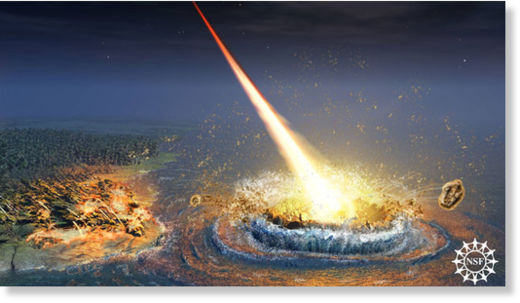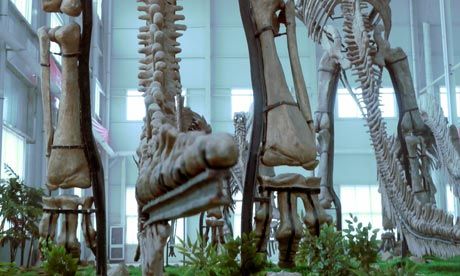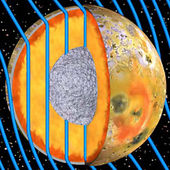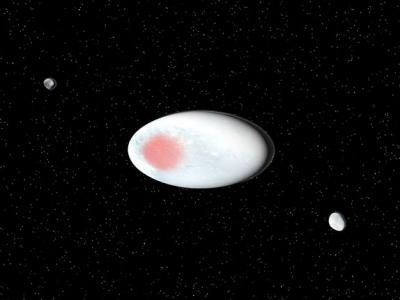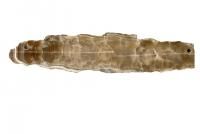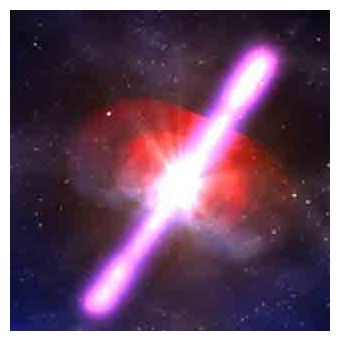Comment: Most of what the reader will find in this article are misinformed opinions and ad hominem attacks directed at those scientists who have the gall to mention the reality of comet catastrophes. This is not entirely surprising given the attacks that other Catastrophists have endured in the past.
The interested reader may want to compare what's written here to the actual evidence amassed by Firestone, et al. described in this article:
The Younger Dryas Impact Event and the Cycles of Cosmic Catastrophes - Climate Scientists Awakening
An elegant archaeological theory, under fire for results that can't be replicated, may ultimately come undone.
It seemed like such an elegant answer to an age-old mystery: the disappearance of what are arguably North America's first people. A speeding comet nearly 13,000 years ago was the culprit, the theory goes, spraying ice and rocks across the continent, killing the Clovis people and the mammoths they fed on, and plunging the region into a deep chill. The idea so captivated the public that three movies describing the catastrophe were produced.
But now, four years after the purportedly supportive evidence was reported, a host of scientific authorities systematically have made the case that the comet theory is "bogus." Researchers from multiple scientific fields are calling the theory one of the most misguided ideas in the history of modern archaeology, which begs for an independent review so an accurate record is reflected in the literature.
"It is an impossible scenario," says Mark Boslough, a physicist at Sandia Laboratory in Albuquerque, N.M., where he taps the world's fastest computers for nuclear bomb experiments to study such impacts. His computations show the debris from such a comet couldn't cover the proposed impact field. In March, a "requiem" for the theory even was published by a group that included leading specialists from archaeology to botany.
